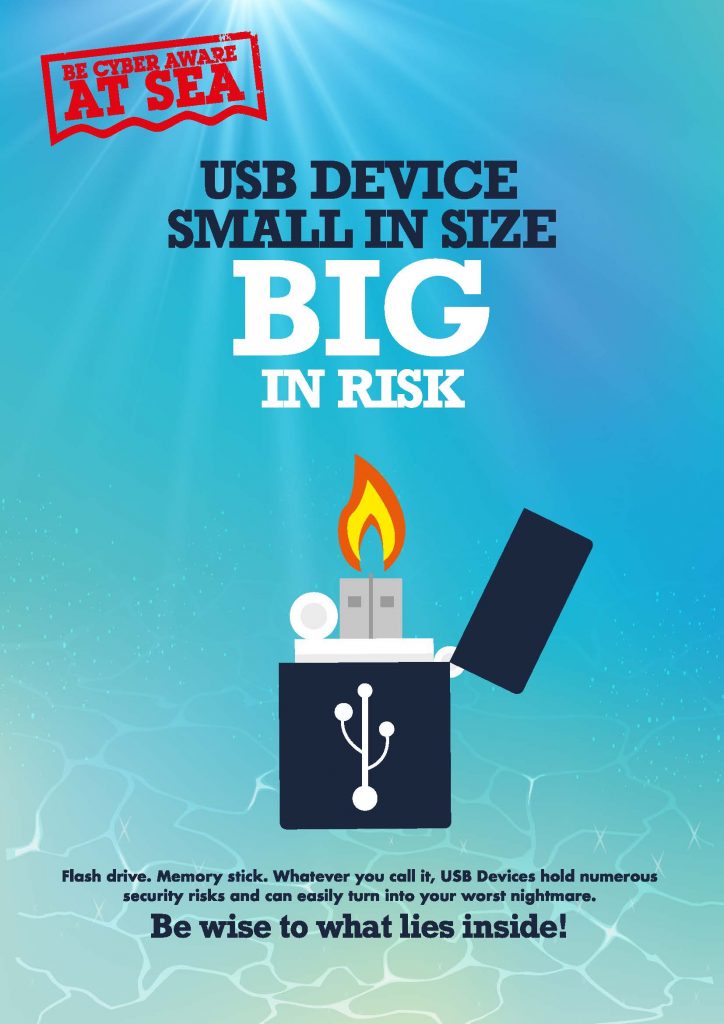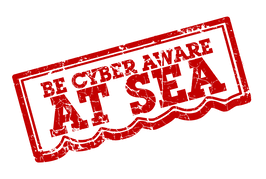
The human being is a very curious animal, scientists would say because of the larger brain, it needs to feed itself with knowledge, facts, and information. It wants to learn continuously and perhaps they are right but there is an old saying “curiosity killed the cat” in other words, sometimes inquisitiveness can get you into trouble.
Most docks gates are the same wherever you find yourself in the world, rusting with concrete posts, broken tarmac on the entrance road. It’s hot as I wait for a taxi to take me into town for a few drinks, a little light relief after a few weeks at sea, I can still feel the sway of the ship even though I’m stood on solid pavement.
Something catches my eye, it’s bright red, almost new, is it a lighter? No, it’s a USB stick, just lying there at the side of the road. Someone must have dropped it by mistake, and I guess there are important documents on it that they are in desperate need of. I put it in my pocket as the taxi comes into view and with a few of the guys, we jump in with excitement, glad of a change of scenery, different company and of course a few local beers.
Next day back at sea, the ship has sailed. Container ships don’t spend much time in port, we’re on our way back, heading for ChinaI need to put some washing in before my watch starts so emptying my pockets, I come across the USB stick and it all comes back to me. Yes, I found it outside the dock gates whilst waiting for a taxi.
I wonder what is on it, so quick as a flash I fire up my PC and…………..
NOOOO!!!!! – STOP RIGHT THERE…….
The last thing anyone should do is put an unknown media device into any ships IT systems.
A hacker will look at shipping as hugely profitable and decide to attack the industry with the intention of just pulling out a few $1000 for himself. In the process causing mayhem and untold damage amounting to $Millions.
USB sticks cost very little so an attacker will buy 100s, load them with malicious content such as a ransomware product that he can purchase on the dark web and then simply leave them in the road by the dock gate, knowing that’s where sailors wait for their taxi into town. Ready for the curious unsuspecting sailor to pick it up and the rest, as we say – is history.
On 29 November 2010, Iranian president Mahmoud Ahmadinejad stated for the first time that a computer virus had caused problems with the controller handling the centrifuges at its Natanz facilities.
Stuxnet, as it came to be known, was introduced via a USB drive and was unlike any other virus or worm that came before. Rather than simply hijacking targeted computers or stealing information from them, it escaped the digital realm to wreak physical destruction on equipment the computers controlled. It was the world’s first digital weapon, and reportedly destroyed numerous centrifuges in Iran’s Natanz uranium enrichment facility by causing them to burn themselves out.
So how did this little USB Stick complete it’s mission?
It is alleged that it had been left outside on the pavement, whereupon a staff member picked it up and was curious enough to put it into his computer as he so wanted to know what was on it.
Oh! how the predictable curiosity of the human being can get a person into trouble.
USB devices hold numerous security risks and can easily turn into your worst nightmare.
Be wise to what lies inside!

Author
Robert Kenworthy, CEO
Ref
Wired.com
https://www.wired.com/2014/11/countdown-to-zero-day-stuxnet/
https://www.wired.com/story/how-close-is-iran-to-a-nuclear-weapon-heres-what-we-know/
Wikipedia
https://en.wikipedia.org/wiki/Nuclear_program_of_Iran
https://en.wikipedia.org/wiki/Stuxnet
https://www.maritime-executive.com/blog/cyber-security-at-sea-the-real-threats
https://protection.office.com/quarantine
https://www.nist.gov/cyberframework/online-learning/five-functions
